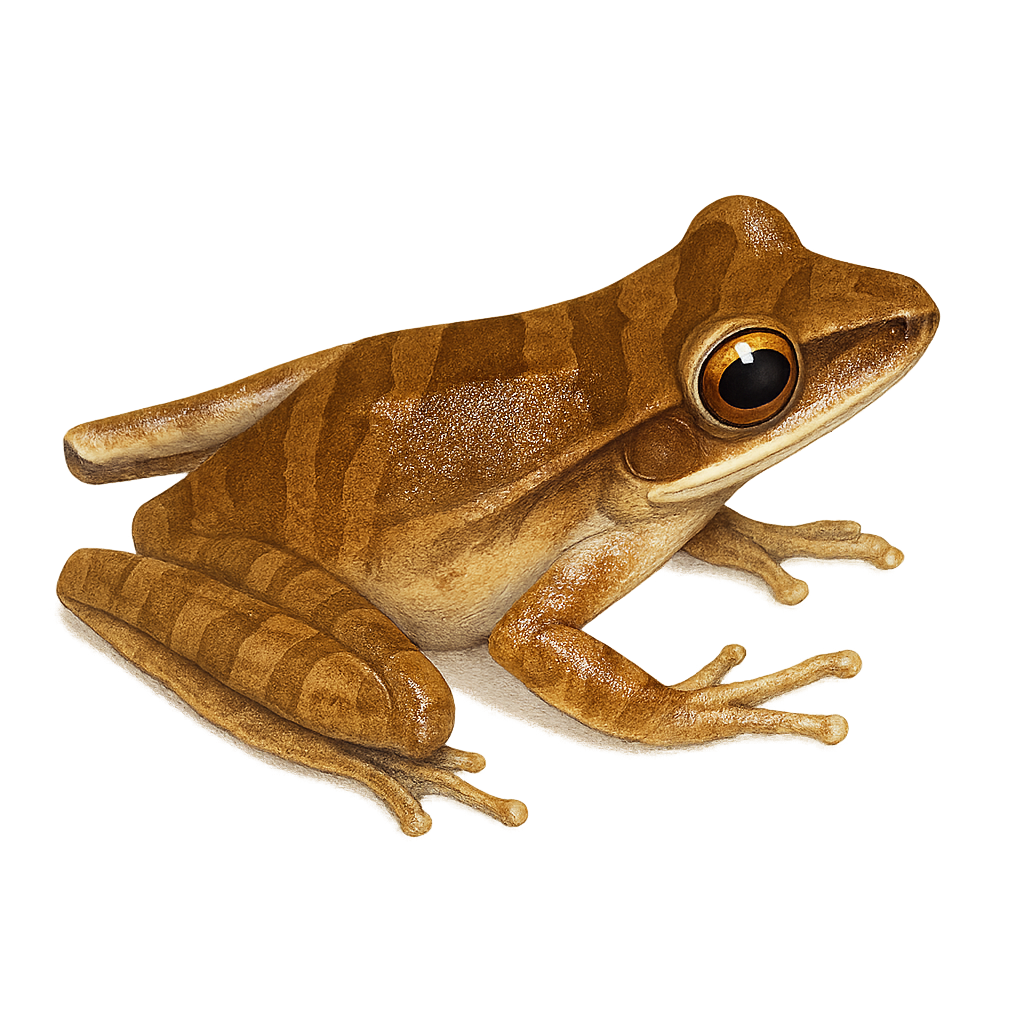Your wildlife photography guide.
Explore the basin treefrog in detail, study its behavior, prepare your shots.
Where to observe and photograph the basin treefrog in the wild
Learn where and when to spot the basin treefrog in the wild, how to identify the species based on distinctive features, and what natural environments it inhabits. The WildlifePhotographer app offers tailored photography tips that reflect the basin treefrog’s behavior, helping you capture better wildlife images. Explore the full species profile for key information including description, habitat, active periods, and approach techniques.
Basin treefrog
Scientific name: Boana lanciformis

IUCN Status: Least concern
Family: HYLIDAE
Group: Amphibians
Sensitivity to human approach: Suspicious
Minimum approach distance: 2 m
Reproduction period: December to January
Incubation: 8–10 jours
Births: January to February
Habitat:
tropical rainforests, marshy areas
Activity period :
Mainly active at night, generally discreet during the day.
Identification and description:
The Basin treefrog, or Boana lanciformis, is an amphibian species in the Hylidae family. It is primarily found in the humid tropical forests of South America, particularly in Brazil, Colombia, and Venezuela. Its green and brown coloration allows it to blend effectively among foliage. It has a slender body and long legs, adapted for arboreal life. The Basin treefrog is nocturnal and primarily feeds on insects. It plays a crucial role in the ecosystem by regulating insect populations. Although its habitat is threatened by deforestation, it is currently classified as "least concern" by the IUCN.
Recommended lens:
Macro – adjust based on distance, desired framing (portrait or habitat), and approach conditions.
Photography tips:
To photograph the Basin treefrog, it is advisable to use a macro lens to capture the details of its skin and eyes. Look for it in tropical rainforests, especially at night, as it is nocturnal. Be patient and avoid sudden movements to prevent scaring it away. Use a tripod to stabilize your camera and a diffused flash to avoid glare. Rain or ambient humidity can add a beautiful atmosphere to your photos, so don't hesitate to shoot after a shower.
The WildlifePhotographer App is coming soon!
Be the first to explore the best nature spots, track rutting seasons, log your observations, and observe more wildlife.
Already 1 439 wildlife lovers subscribed worldwide

